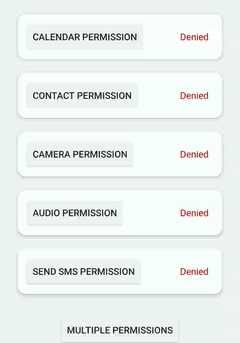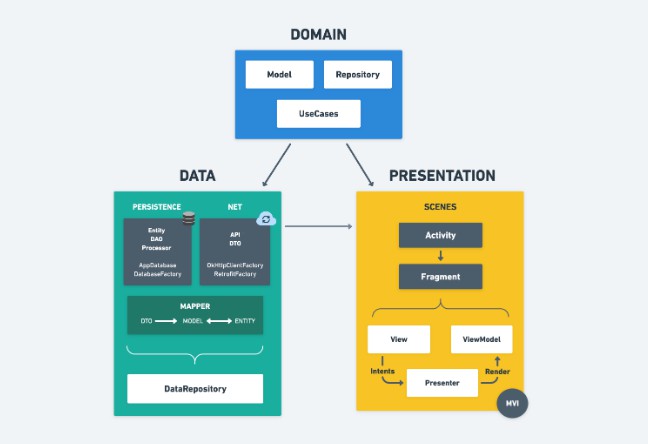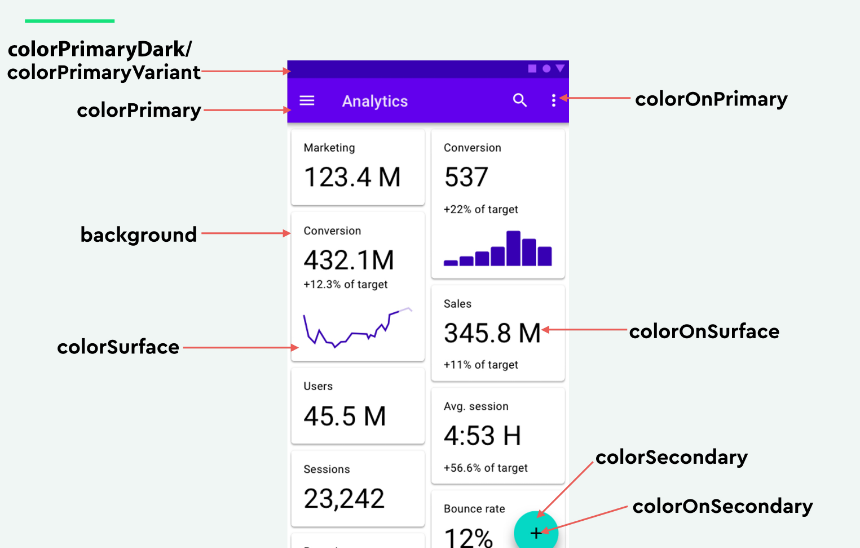ExcuseMe
Because we don't need to be rude for asking permissions
ExcuseMe is an Android library that provides an one-line implementation for android permissions made with Kotlin.

? Why you should use ExcuseMe?
- Better performance with Kotlin Coroutines
- Coroutines uses less memory have better performance than threads for small async/ui thread changes.
- One-line permission request
- ExcuseMe can be used with Kotlin Suspending functions that gives a better syntax and better code readability
- No more interface listeners to implement
- You don't need to implement callbacks interfaces that it just add boilerplate code to maintain
- It can be used with lambda callbacks
- If you don't know how to implement suspend functions, ExcuseMe could be used with Kotlin lambda callbacks
- Handling uncaught permissions automatically
- You can use this one line method to ask permissions automatically. No more SecurityException because of permissions!
- Polite way to ask for requests
- Because we don't need to be rude for asking permissions
? Usage
ExcuseMe is easier way to implement Permissions in Android. But you still have to add the permission in the AndroidManifest.xml file.

You can find the complete list of permissions on this documentation.
After that, you can use on of the three implementations bellow to add the permission properly:
1. Simple one line Usage
This implementation uses suspend functions to make it easier the permission request. It will listen async the permission dialog response, so it won't pause the UI.
And that's it. No more override the onRequestPermissionsResult() implementation on your activity, no more class-scope variables to keep what you want for the permission result, and no more others boilerplate to maintain in your code.
If you want to learn more of how to use Suspend functions, I recommend this video to understand it.
2. Auto Permission Handling
This one line implementation listen and ask the permissions automagically for you.
3. Kotlin Lambda Callback Usage
This implementation uses trailing lambdas callbacks, so it will be natural like as an OnClickListener implementation.
This method doesn't need to use a suspend function, but it uses callback.
? Installation
Step 1. Add the JitPack repository to your project build file
- build.gradle (Project: YourProjectName)
Step 2. Add the dependency to your app build file
And that's it!
? Extras
ExcuseMe is in-built with simple functions that helps user with permissions related problems.
Requesting multiple permissions
You can also run multiple permissions request in the same function and syntax.
Checking granted permissions
You can use this method to check one or multiple permissions in one simple function call
Explain why need the permission
You can explain why you need that permission. This will reduce the chances of deny and increase your
app Android Vitals Score. Apps whose metrics are higher have greater promotability, which raises their ranking in Google Play Store searches
The gently() methods will explain why the app will ask the required permission
This can also be used with a custom implementation (without using the default dialog we provide)
Resolve when the user denies a permission
You can have a fallback when the user denies a permission, insisting and explaining why the
required permission is necessary to continue, but always showing a "Not now" button to not block
the user completely. It can also be a custom implementation, just like the gently() method.
The please() method will insist and show a proper explanation when the user denies a permission,
asking if the user want to try again. It's also can redirect the user to the app settings, in the case
of the user react to put not show the permission request again.
This can also be used with a custom implementation (without using the default dialog we provide)





